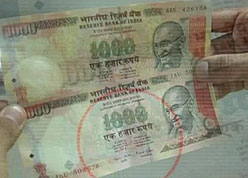A
beauty salon or beauty parlor (International spelling: beauty parlour)
(or sometimes beauty shop) is an establishment dealing with cosmetic
treatments for men and women. Other variations of this type of business
include hair salons and spas.
There
is a distinction between a beauty salon and a hair salon and although
many small businesses do offer both sets of treatments; beauty salons
provide more generalized services related to skin health, facial
aesthetic, foot care, aromatherapy, — even meditation, oxygen therapy,
mud baths, and innumerable other services.
Beauty treatments
Massage
for the body is a popular beauty treatment, with various techniques
offering benefits to the skin (including the application of beauty
products) and for increasing mental well-being and relaxation.
Facials refers to a treatment for the face.
Manicure
refers to a treatment for the hands, incorporating the fingernails and
cuticles and often involving the application of nail polish.
Pedicure
refers to a treatment for the feet, incorporating the toenails and the
softening or removal of calluses. Manicures and pedicures take place
at nail salons.
Beauty salons offer treatments such as waxing and threading for hair removal.
